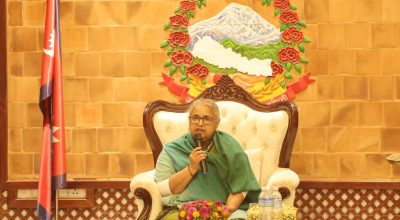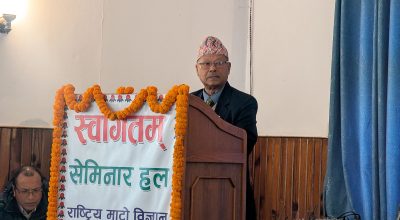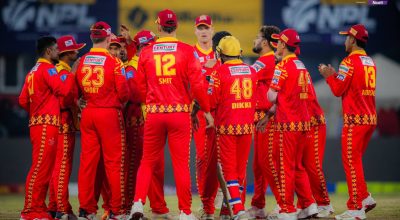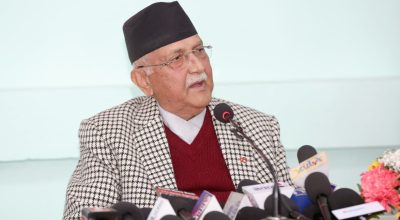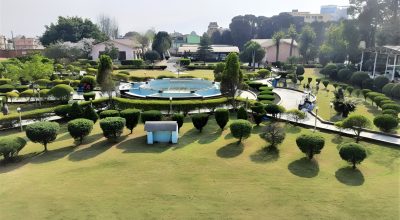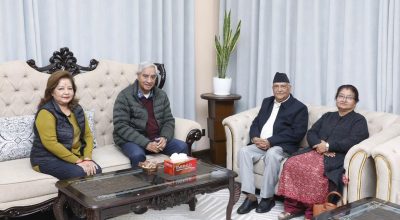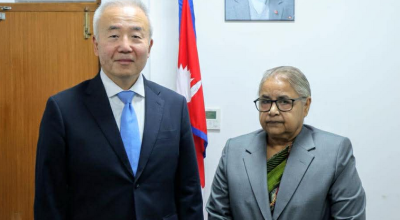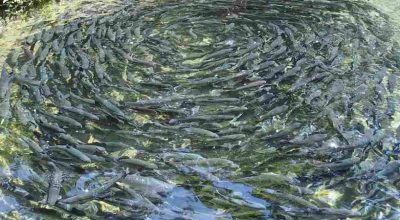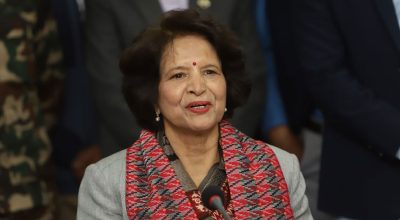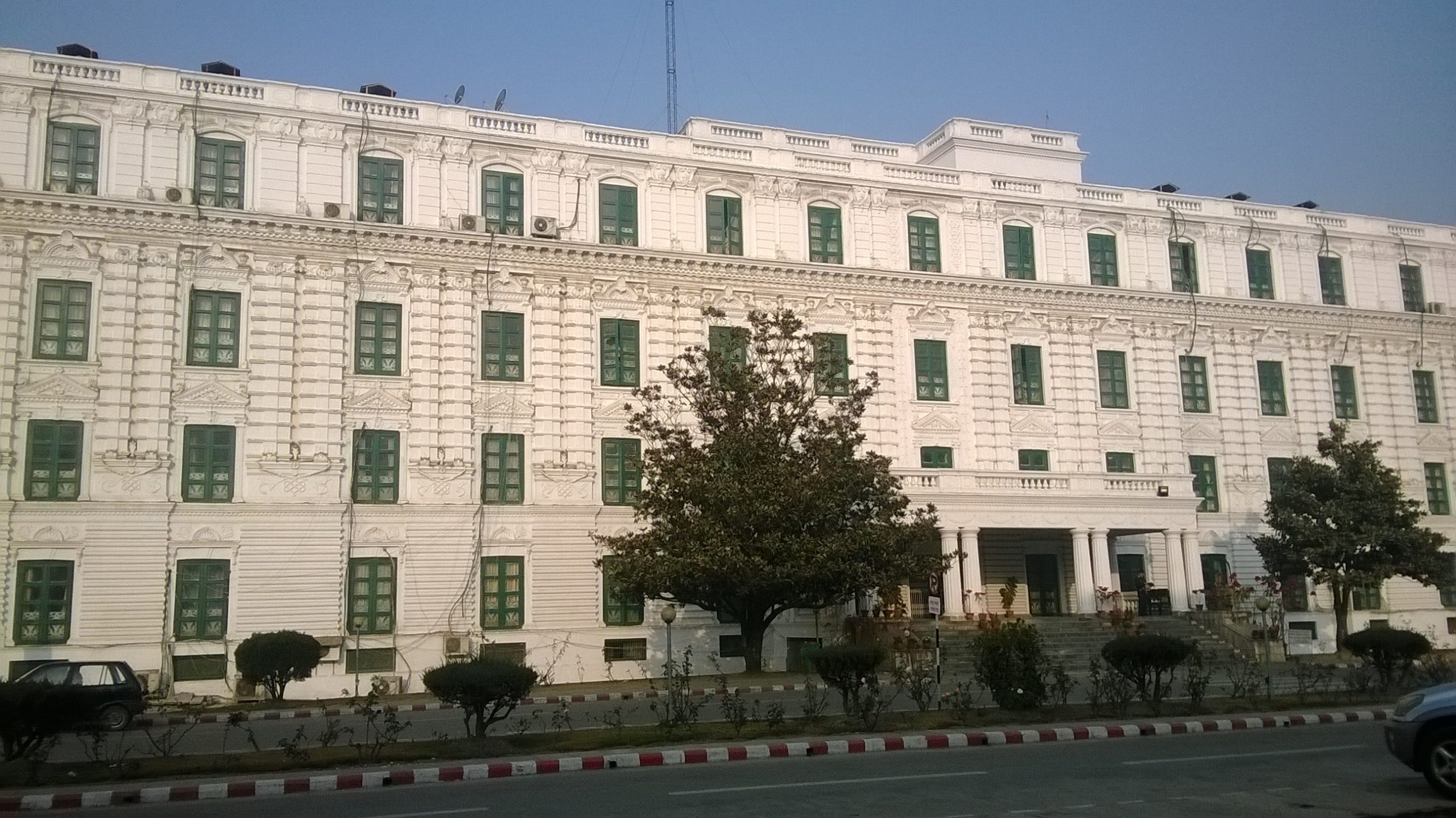
Kathmandu, Aug 2: The representation of the Dalit community and the coverage of Dalit content are found to be weak in the media. According to a study, the Gorkhapatra Daily and the Kantipur Daily provided a space for 2.38 percent of editorials on Dalit issues in two years.
In the year 2079, both national dailies: the first state-owned and the second privately-run published 29 editorials on Dalits, out of 1,219 editorials. A total of 12 on Dalit issues, out of 608, were published in the Gorkhapatra while of the 611 editorials in Kantipur, 17 addressed Dalit issues.
The data suggests that issues concerning the Dalits are of less priority of the media editorials. The study on “Dalit Contents in Editorial and Editorial Policies in National Dailies” shows that the editorial policies, principles, or guidelines for publishing editorials on Dalit issues are inadequately implemented.
These two national dailies have no official editorial policy, indicating that media either the state-owned or the private should have taken the initiative to fulfill their social responsibility towards the Dalit issues through editorials.
Bipul Pokhrel, the President of the Federation of Nepali Journalists, advised media houses to have their dedicated policy to promote the Dalit representation and content in media including in the editorial section. Furthermore, the published editorials are not entirely focused on Dalit issues.
This is against the Constitutional commitment to build an egalitarian society founded on proportional inclusive and participatory principles in order to ensure economic equality, prosperity, and social justice, by eliminating discrimination based on class, caste, region, language, religion, and gender, and all forms of caste-based untouchability, Pokhrel said.
Physical presence and content of Dalit community in the Rastriya Samachar Samiti (RSS), the only source of news of the country, seems to be nominal.
Out of 2,517 news disseminated from RSS from April 13- May 13, 26 were related with Dalit contents. Similarly, of the 2,642 news items disseminated from May 14 –June 14, only 21 Dalit contents were disseminated as well as only 19 contents related to Dalit were disseminated from June 15-July 15.
A study on ‘Dalits Representation and Contents in RSS’ has analyzed that the situation of dissemination of news contents related to Dalit community in RSS is seen very poor.
Former President of the Federation of Nepali Journalists, Govinda Acharya, laid emphasis that the source of news, RSS, should give priority and space to the content and physical presence of Dalit community.
Out of total 161 quotas of RSS, there is only three people from Dalit community. FNJ Former President Acharya shared that representation of three people from Dalit community in the total quotas of RSS has shown poor presence in media from Dalit community.
According to the National Census, 2078, the population of Dalit community is around 13 per cent of the total population of the country.
Similarly, Chairperson of National Association of Dalit Community Journalists Nepal, Binod Pahadi, mentioned that it has been seen that RSS has not formulated a concrete policy for dissemination of news of Dalit community and backward communities.
Stating that only two per cent of presence of Dalits in media of the country has been seen, he stressed that the government and bodies concerned should implement making policy-level planning.
It has been nearly a decade since the Constitution is implemented. Although the participation of marginalized communities, including the Dalit community, has been increased on the basis of the inclusive principle in the civil administration, teaching service, police, army and many areas of employment in the public sector in line with the main spirit of the Constitution, the participation of Dalit community at the policy level in the mass media sector is nil.
“Among the 59 officials and staff at the Ministry of Communications and Information Technology, there is negligible representation from the Dalit community. The Press Council Nepal, a body under the Ministry, has no person from the Dalit community on its board. The situation is the same at Rastriya Samachar Samiti (RSS), the only state-owned news agency of the country,” Pahadi said.
There is no Dalit representation in the six-member board of directors at RSS. Similarly, the Gorakhapatra Corporation with a history of 124 years of publishing the country’s oldest newspaper, Gorakhapatra’, has no Dalit representation on its board of directors so far. Among the seven-member board of directors of the Corporation, all are male and without any Dalit.
Likewise, there is no Dalit representation on the board of Nepal Television, established in 1985. The five-member board of directors of Radio Nepal, the state broadcaster, which claims a reach of more than 90 percent of the country’s population, also is without Dalit representation, said Pahadi, the President of Dalit Journalists Association.
The Association has been calling for restructuring the State-owned media (Nepal Television, RSS, Radio Nepal and the Gorakhapatra Corporation) and the private sector media as well in order to increase Dalit representation in them. #rss #nepal
Sushil Darnal/RSS





